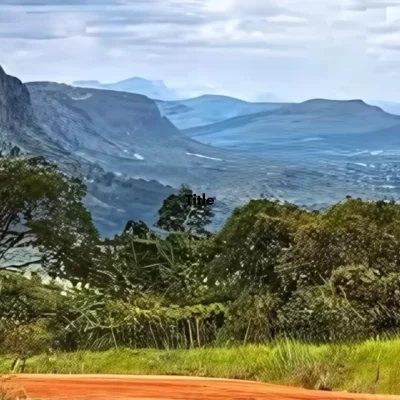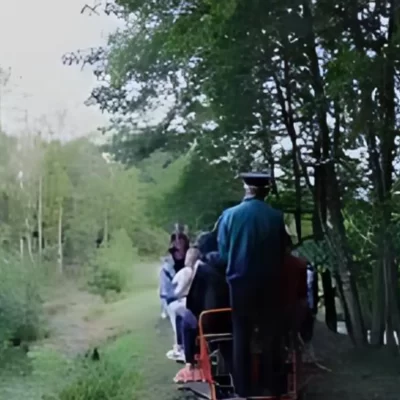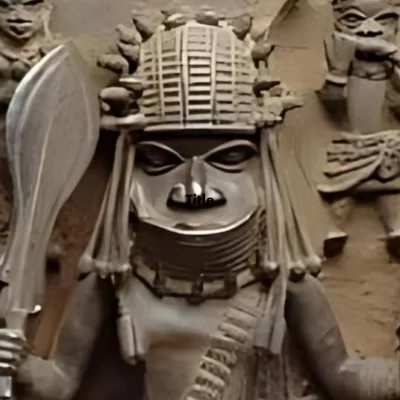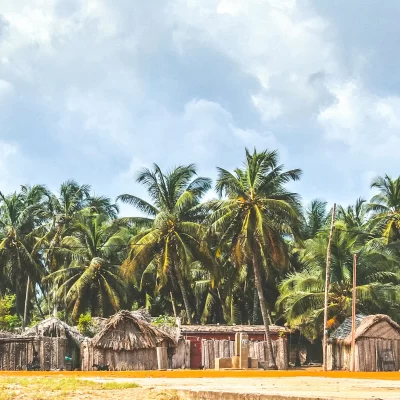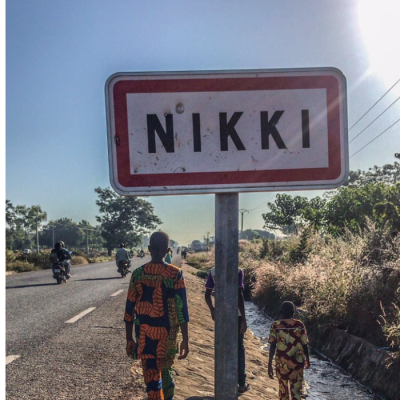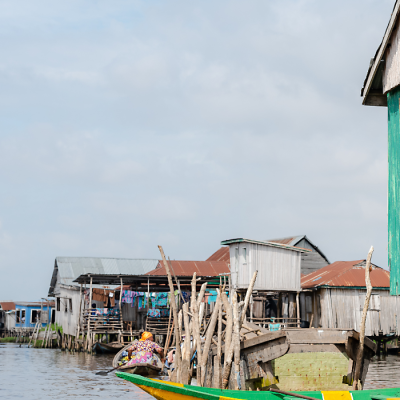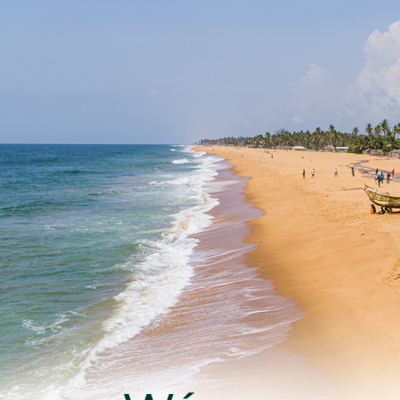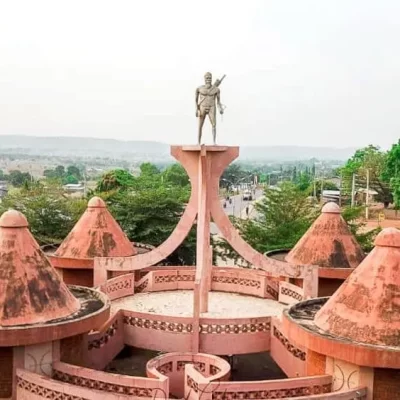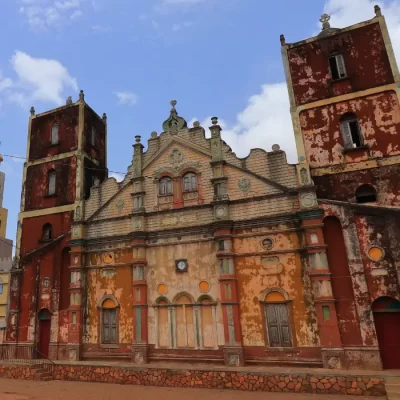BENIN
Benin Republic
Discover the hidden gem of West Africa, where rich cultural heritage meets vibrant traditions.
Benin is a small nation in West Africa that is well-known for its varied landscapes, lively culture, and lengthy history. Although Cotonou is the largest city, Porto-Novo serves as the capital of the once-powerful Kingdom of Dahomey. Renowned for its part in the transatlantic slave trade, Ouidah and other important historical sites are located in Benin. With its lush forests, savannas, and Atlantic Ocean coastline, the nation boasts a tropical climate. The traditional voodoo religion of Benin is also well-known, and it has a big cultural and spiritual influence.
POSITION
West Africa
LANGUAGE SPOKEN
French
AREA (KM)
114,763 km²
Population
13.35 million (2022)
Reason to visit Benin
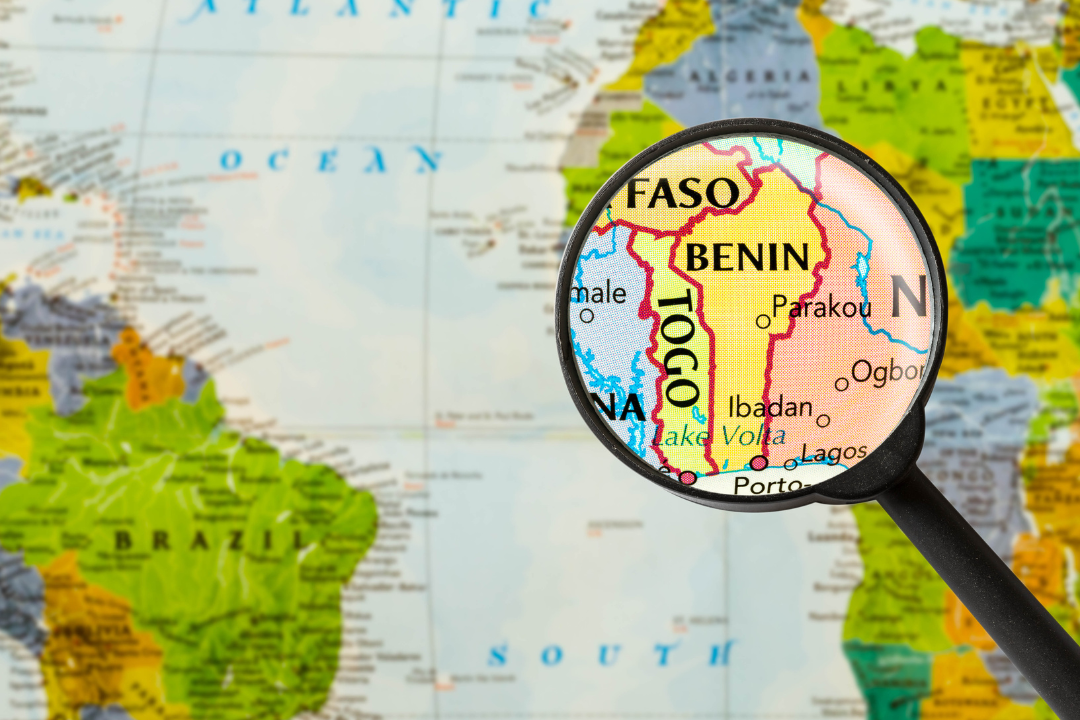
Rich History and Heritage:
With its intriguing museums, palaces, and historical sites like the Royal Palaces of Abomey, a UNESCO World Heritage site, Benin provides a thorough exploration of the history of the Kingdom of Dahomey.
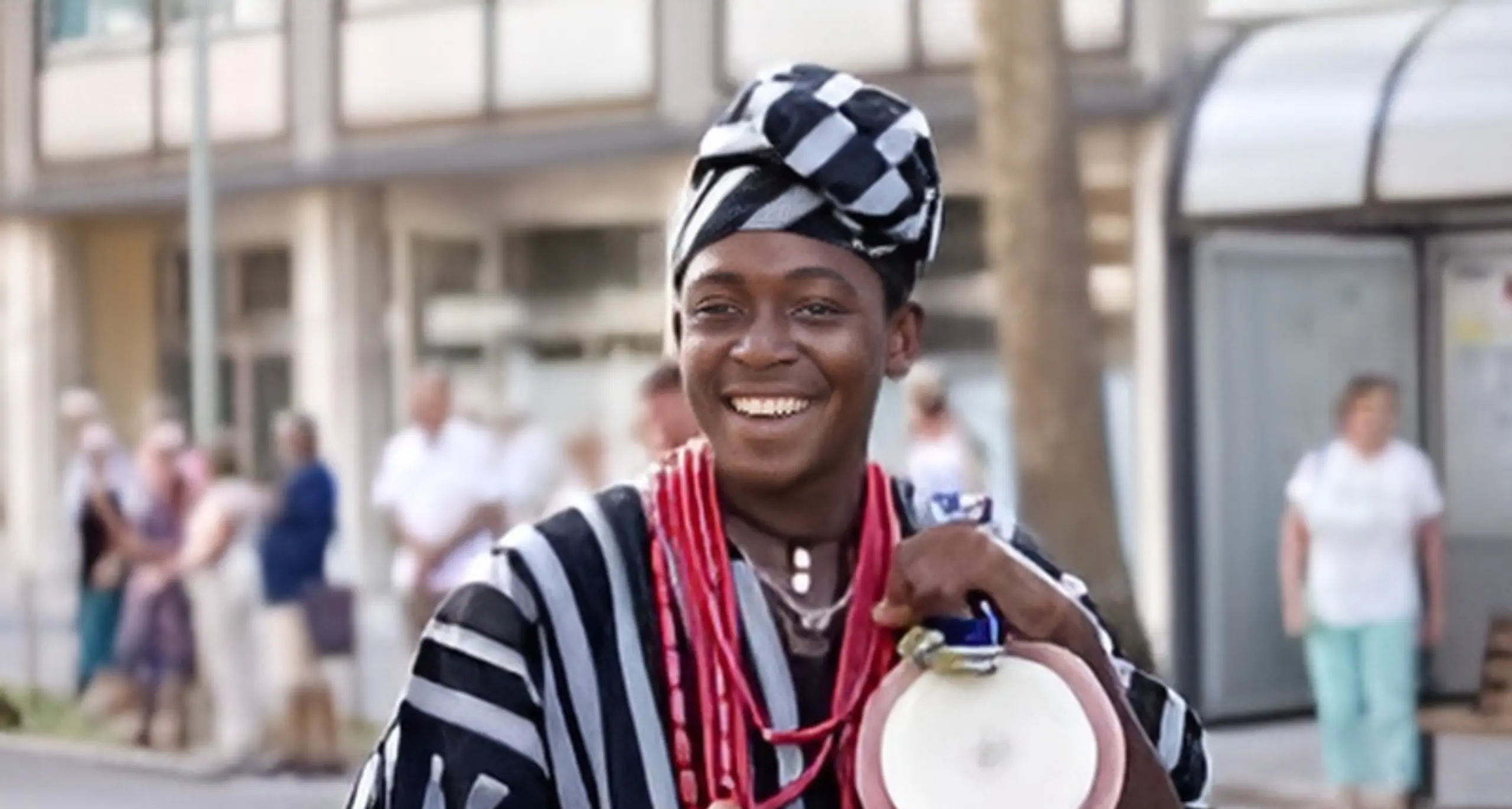
Vibrant Culture and Traditions
Discover the distinctive voodoo culture that permeates Beninese society. Ouidah’s yearly Voodoo Festival is a vibrant, spiritual event that draws tourists from all over the world.
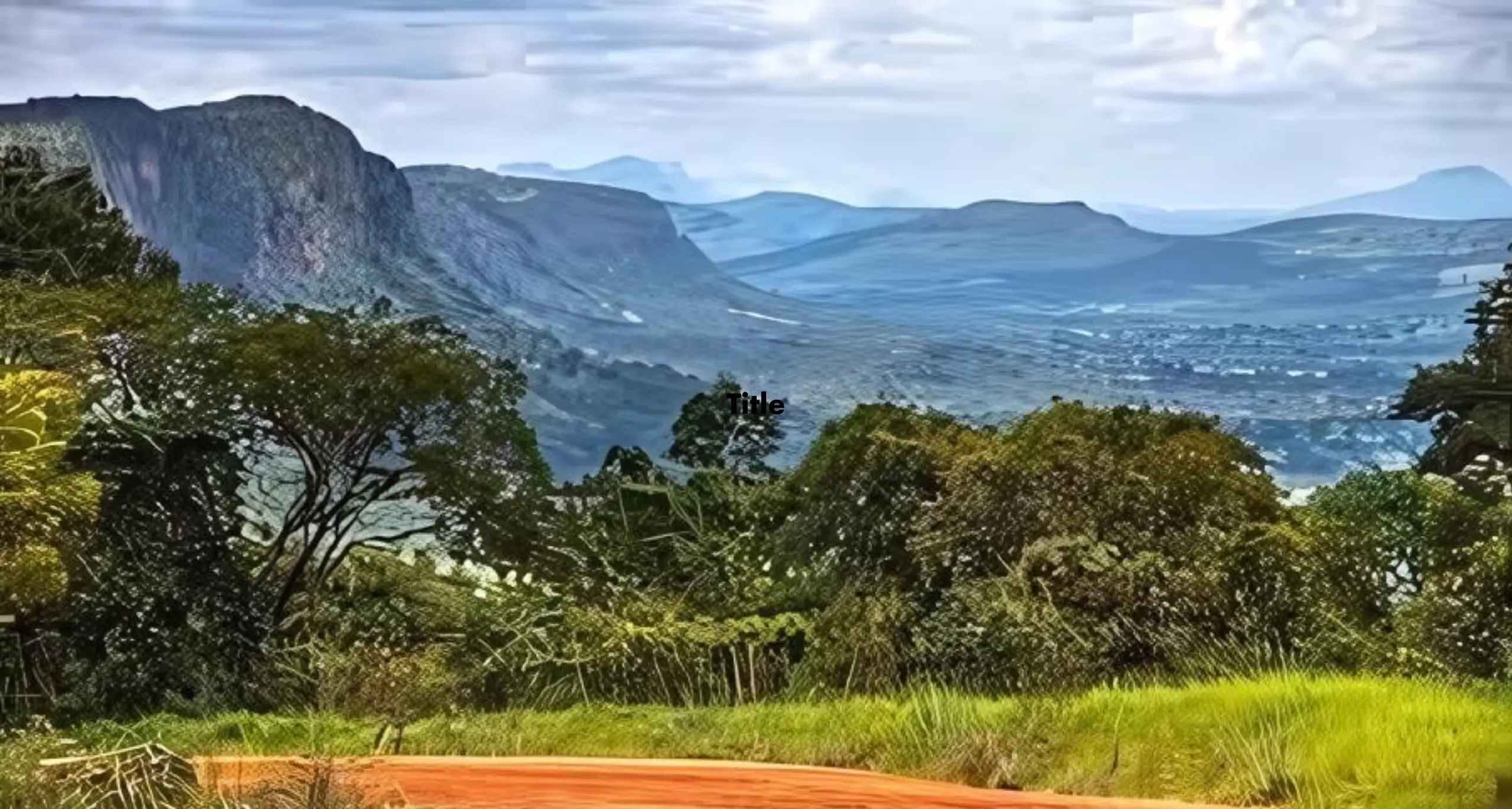
Stunning Natural Landscapes:
The lush Pendjari National Park is one of the best places in West Africa to see wildlife, including elephants, lions, and hippos, in addition to the stunning beaches that line the Atlantic coast.
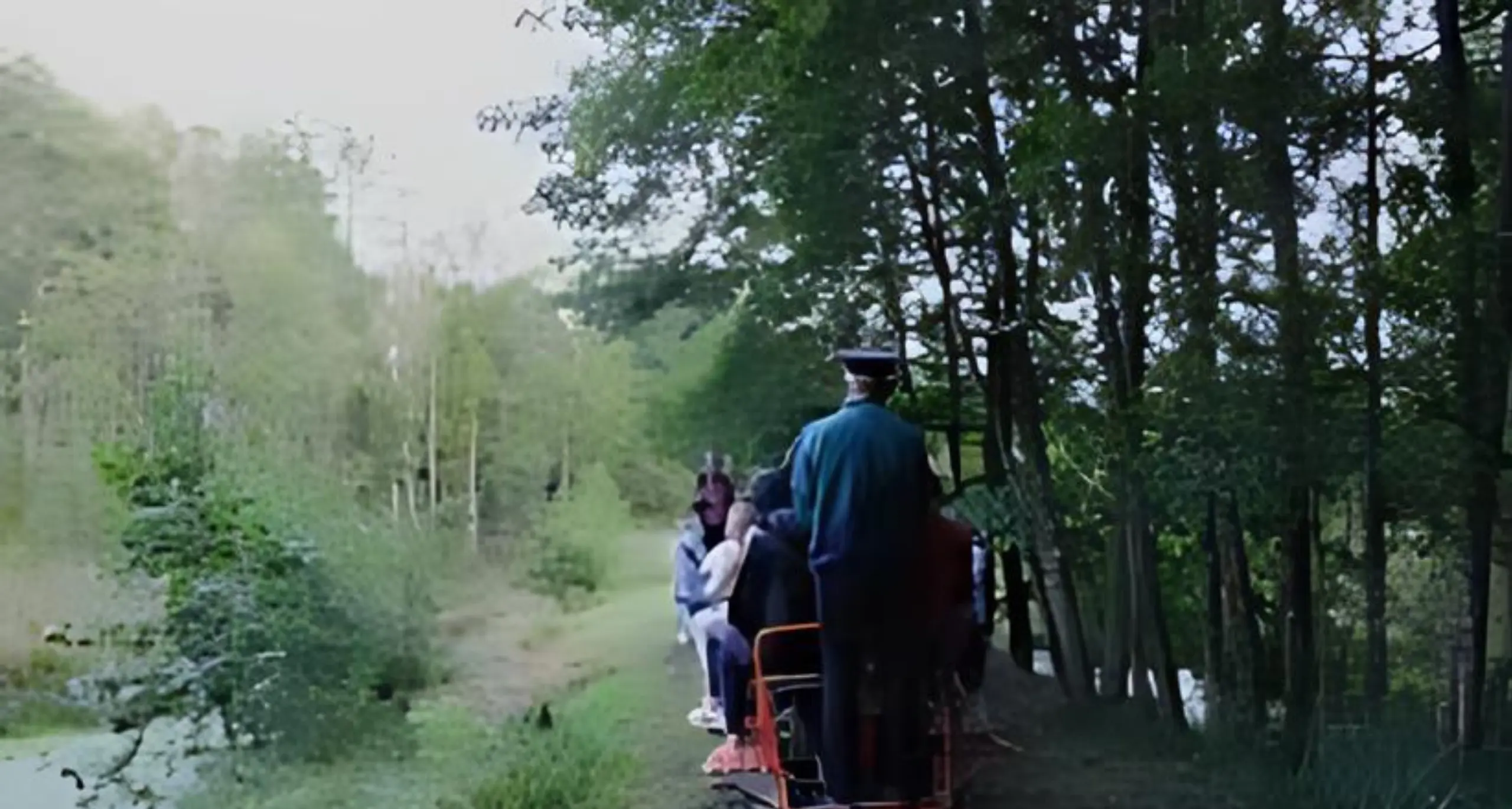
Adventure and Eco-Tourism:
Experience outdoor pursuits such as hiking, waterfall exploration, and bird watching; Benin’s varied ecosystems provide plenty of chances for those who love the natural world.
Benin was known as “Danhomey” until becoming a Republic in the late 1980s. It is situated in Western Africa, sandwiched between Nigeria and Togo. Though most of the country is landlocked, some 30 miles of Benin adjoin the Gulf of Guinea. It is near this coast that you can find the country’s capital and largest city, Porto-Novo.
The country was a French colony, and French remains the country’s official language to this day. Culturally, Benin is extremely diverse. Though the primary religions are Christianity and Islam, its people were among the primary founders of Voodoo mysticism. All in all, its population of 6.5 million people are happy, welcoming, and always looking to show visitors an excellent time.
Though there are plenty of nightlife options year-round, it’s worth noting that during the month of Ramadan, alcohol sales will be restricted in many areas of Benin.
Here are just some of the amazing sites Benin has to offer…
Royal Palaces:
The capital of southern Nigeria’s Edo State, Benin City, is rich in culture and history, and its royal palaces serve as a reminder of its illustrious past. The most famous of these is the Palace of the Oba of Benin, which is the center of Benin’s cultural and spiritual legacy and a UNESCO World Heritage Site.
Cotonou:
A port city on the Southern Coast, Cotonou is one of the best places to visit in Benin and is highly regarded for the Dantokpa Market, which boasts religious items, souvenirs, and spices. Other attractions include the 19th-century Cotonou Cathedral, the Foundation Zinsou Museum, and the scenic Haie Vive district.
Pendjari National Park:
Pendjari is one of the largest national parks in the region, housing some 90% of the West African lion population. With over 4,800 square kilometers of land, this fully intact ecosystem is a major destination for safaris. Visitors can see four of Africa’s “Big Five” (buffalo, lions, leopards, and elephants) as well birds, endangered mammals, and more.
Casa Del Papa:
Casa Del Papa has earned a reputation as one of the Best family beach vacation spots in Benin. With its beautiful scenery, lagoon, and seaside breezes, it is ideal for honeymoons, holidays, or long-term vacations. The resort is highly-regarded for its crystal white sand beaches, beautiful flower arrangements, and beachside bungalows.
Route Des Esclaves:
The Route d’Esclaves, also known as the “Slave Route,” is a 2.5-mile-long route slaves were forced to walk before being shipped off to the West. An important historical site today, the Route Des Esclaves is dotted with landmarks such as the Tree of Forgetting, Zomai Cabin, and more. The monument at Ouidah Beach is a must-see for history lovers.
Temple of Pythons:
The Python Temple is located in the town of Ouidah and dates back to just after the war in 1717. The legend states that King Ouidah, whose kingdom was not yet part of Benin, fled during an attack and hi in the forest. When his enemies began searching for him, huge pythons came out of the trees to scare them away. In thanks, he built this complex dedicated to the worship of these massive snakes.
Voodoo Day (10 of January):
One of the most incredible religious events in the world, Voodoo Day in Benin features all of the local churches dressing up as various gods and goddesses and parading around town. Many of the costumes are extremely elaborate and colorful. Among the most famous are those worn by the Zangbeto, who don straw skirts that cover them from head to toe.
The Venice of Africa (Ganvie’):
Ganvié is called the “Venice of Africa” not only because of its construction over Lake Nokoué, but also due to the town’s cultural and historical significance. The community is largely built on stilts and is famous for its fishing and unique scenery. A UNESCO World Heritage Site, Ganvié sees nearly 10,000 tourists every year.
Grand Marche’ de Dantokpa:
Grand Marché du Dantokpa is Cotonou’s massive, labyrinthine marketplace. Visitors can find almost anything in the world here, from DVDs and car parts to food, soap, and even goats. It is easily one of the most famous spots in Benin, both for tourists and locals.
Parakou Beer Tour
Fancy a drink to cool yourself off in the West African heat? The Parakou Beer Tour is just what the doctor ordered. Make sure to try Choukoutou, which is brewed from millet. Its unique taste is prized by the locals, and there are many varieties to try.
Centre Artisanal ( Artisanal Center)
Though this market is not quite as large as Dantokpa, it is more geared towards tourists who might want souvenirs of their trip to Benin. Get ready to barter, because the number on the tag is almost never the final price.
Grand Popo:
Grand-Popo is another town with deep ties to the slave trade. Situated about an hour from Cotonou, it is a relaxing and friendly city dotted with hotels, resorts, and beaches. The scenic Mono River is a great place for bird watching or enjoying the area’s natural beauty.
Porto-Novo:
Benin’s capital city, Porto-Novo is much smaller than Cotonou. However, it is extremely charming and teeming with history. Tourists love to try Portuguese-infused cuisine before visiting the Royal Palace and The Museum of Porto Novo Kings.
Abomey:
The Capital of Ancient Dahomey for some 300 years, this town boasts a UNESCO World Heritage Site known as the Abomey Royal Palaces. While largely in ruins, the site is still a fascinating place to visit.
Bohicon:
A modern town with a bustling market, Bohicon is well worth a visit if you find yourself in the area. Just be sure to avoid the market in the mornings. Residents are much more focused on their groceries than giving tourists a show.
Natitingou:
Situated just 50km away from the Pendjari National Park, Natintingou is home to a stunning museum that documents the life of the Somba people, a regional ethnic group. You can also visit Somba villages and watch as they make Shae butter.
Tanguieta:
This town is home to many of the old colonial French buildings in Benin. It also boasts a large market and offers easy access to attractions like the Tonogou Waterfalls and the Pendjari National Park.
Parakou:
Parakou is the second-largest city in Benin but feels much less crowded and busy than Cotonou. The city is largely focused on manufacturing textiles and cotton, but there is also an open-air museum showcasing Bariba architecture. You can also take the edge off by trying some of the beer brewed at the local market.
Lake Nokoue:
This lake and the villages that surround it are ideal for birdwatching, especially the African Openbill and white-crested heron. Conservation efforts are in full swing here, but threats of logging and pollution still loom. It’s a must-see area for any nature lover.
Niki:
Nikki is where you can find a stunnign palance that has control over a large area (including some of neighboring Nigeria). One of the least touristy spots in the country, this is an excellent place to try authentic cuisine, shop, and take in the sights.

